In the first Japan-hosted ISU World Figure Skating Championships since 2007 without legendary skater Yuzuru Hanyu, the two-time Olympic champion’s absence threatened at times to loom larger than his presence ever did.
Gone were the legions of “fanyus” jamming the stands and practice rinks at Saitama Super Arena, waiting for the moment the revered skater finished his program so they could throw hundreds of “Winnie the Pooh” stuffed toys onto the ice and continue one of figure skating’s most YouTube-friendly traditions.
The army of photographers once tasked with capturing the Japanese superstar for newspapers and magazine covers around the world was also reduced in size — small enough for the daily lottery for shooting positions to take place inside the media center, rather than next to the rink as was the case in 2019.
What were they — and a smaller corps of journalists than years past — expected to cover without Hanyu and his late-2010s rival, American superstar Nathan Chen? Both were superstars in their own right, seemingly capable of generating their own gravitational fields and shifting the very ground beneath them when they performed. What now?
The world asked, and Saitama answered, with four days of thrilling and uplifting skating that saw Japan assert its position as the sport’s dominant nation — for now, at least — and showed that, yes, there can be life after “Yuzu-mania.”
Whereas the 28-year-old — who in July announced his decision to go professional and focus on ice shows and other projects — would once have swallowed up all the oxygen in the arena, the attention of audiences that steadily grew throughout the week could instead be focused on, well, everything else.
That included Riku Miura and Ryuichi Kihara, who struggled with different partners before teaming up in 2019. After finishing 10th in their 2021 worlds debut and taking silver last year in Montpellier, France, “Rikuryu” tore through the pairs circuit in 2022-23, sweeping their ISU Grand Prix assignments, the GP Final in Torino, Italy, and February’s Four Continents in Colorado Springs.
On Thursday, they became Japan’s first world champions in the discipline, earning a personal best combined score of 222.16 to finish nearly five points ahead of 2022 world champions Alexa Knierim and Brandon Frazier of the United States.
“The moment we finished, Riku was upset (about a fall during their free skate). ... I told her to look up at the audience, look at how many people are cheering for us,” Kihara said. “I didn’t know how the result would turn out, but I told her, ‘Let’s be proud of ourselves and go home with pride.”
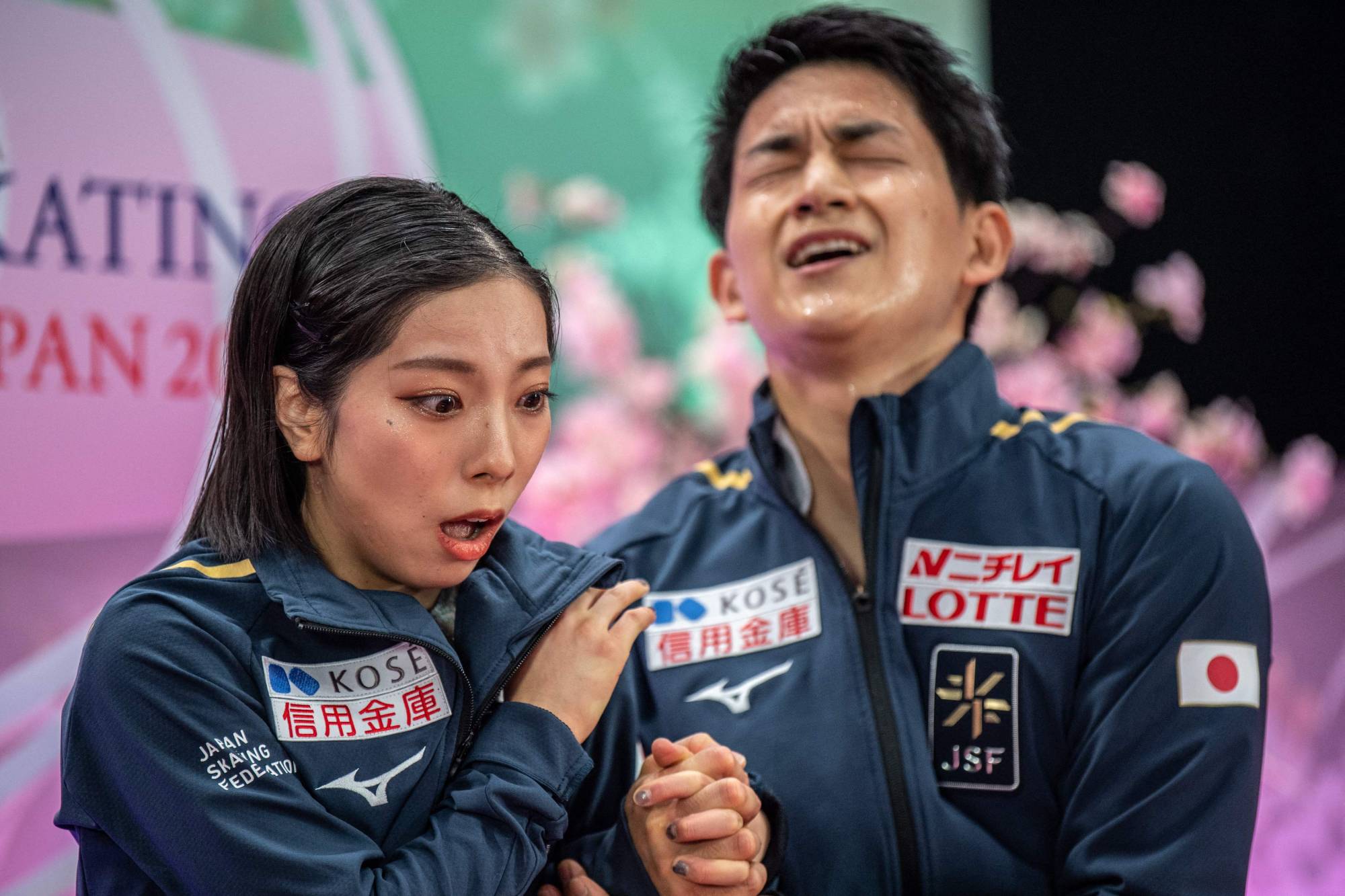
Kihara, the senior of the duo at 30 years old, said he hoped that achieving pairs skating’s first Grand Slam since coach Meagan Duhamel did it with partner Eric Radford in the ’14-15 season would inspire more young Japanese skaters to follow in Rikuryu’s footsteps.
“We are not even close to being as good as (Duhamel), so we need to keep working harder ... so everyone will tell us that we caught up to our coach Meagan,” he said. “This is the first gold medal for Japanese pairs, so it’d be great if new boys or girls want to take on the challenge and start their own pairs.
“I hope ... in 10 or 20 years, people will look back to this day and say it was a turning point for Japanese pairs skating.”
The excitement continued on Friday as Kaori Sakamoto, Japan’s sixth women’s singles world champion, became the first to successfully defend her crown after holding off South Korea’s Lee Hae-in and Belgium’s Loena Hendrickx.
Coming into the competition, the 22-year-old Sakamoto’s focus was driven by her performance at this same venue in 2019, where she finished a disappointing fifth place despite ending the short program in second.
A singled triple flip — identical to the mistake that cost her a podium spot in 2019 — had the Kobe native in tears as she awaited the judge’s results, thinking she had not done enough to overcome Lee’s tremendous program to “Phantom of the Opera.”
Those fears turned out to be unfounded, much to the delight of more than 12,000 in attendance who blanketed the arena in a sea of Japanese flags.
“I regret making the exact same mistake as I did four years ago, but I was able to remain calm and recover with the triple toeloop (to finish the combination), so in that sense I think I feel my growth from four years ago,” Sakamoto said.
“The biggest challenge this season was from getting the (bronze) medal at the (2022 Beijing) Olympics, then winning at last year’s world championships, and I had to overcome that pressure. I struggled with that at the beginning of the season ... but looking back, it was a good experience for me when I overcame that pressure at the national championships.

“Today in my free skate I was nervous, but I was able to minimize my mistakes because of all the struggles and tough experiences I had, so I can say that’s where my strength came from.”
The true icing on the cake was the phenomenal conclusion to the men’s singles competition on Saturday, with reigning champion Shoma Uno holding off a talent-packed final group that inspired one standing ovation after another from over 18,000 fans in the arena.
After years of competing in Hanyu’s shadow, Uno's star has rocketed over the last two seasons, taking bronze at the Beijing Games and winning his first world title one month later, following those up with gold at December’s ISU Grand Prix Final in Turin, Italy.
Despite struggling with his jumps in recent weeks and injuring his ankle during practice on Wednesday, Uno’s clean quads on Saturday kept him atop the leaderboard above runner-up Cha Jung-hwan, whose clean program to James Bond theme “No Time To Die” will surely have raised South Korean hopes for a world title in future years, and Ilia “QuadGod” Malinin, who landed a historic quad axel for the first time at the world championships to earn his maiden podium appearance.
“Though I can’t speak much English, whenever we see each other, we greet each other with a smile ... I can sense the good character they both have,” Uno said of his podium-mates. “We’re here to compete, but figure skating is actually about competing with yourself and not others, so these are great friends to compete with.”
Having matched Hanyu’s two world titles, the 25-year-old Uno plans to use ice shows during the upcoming offseason to re-evaluate his skating style, citing former men’s singles champion Daisuke Takahashi — who also wowed the Saitama crowd with ice dance partner Kana Muramoto — as the inspiration he wants to pursue.
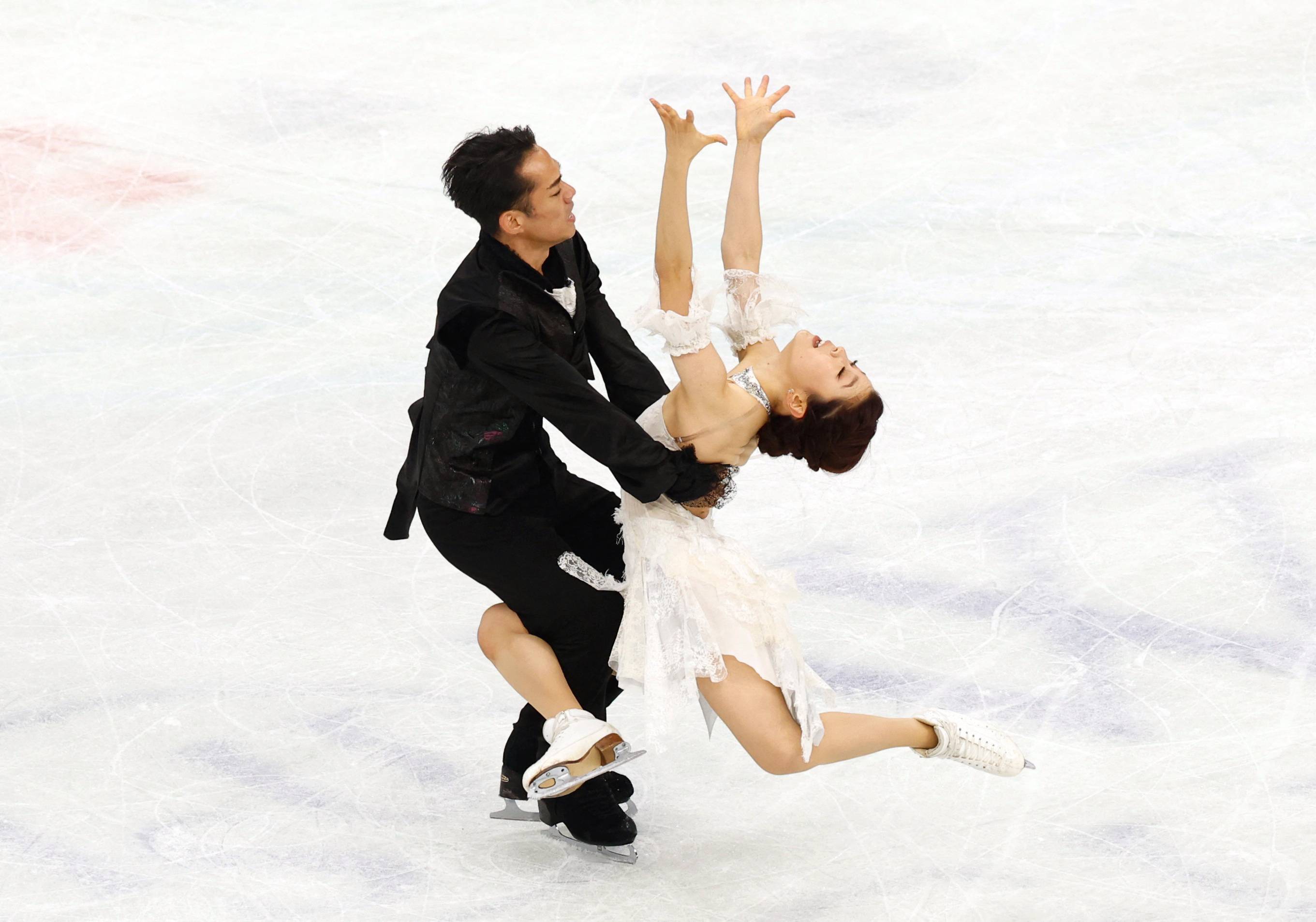
“Do I go for the result, or do I be more emotional in my performances?” Uno said on Saturday. “Over the last two years I’ve done the right thing to deliver results, but as a skater I have to look ahead and think about what kind of skater I want to be.”
If there was a downside to be found in Japan’s success last week, it was in the timing. On the other side of the globe, Samurai Japan’s win over Team USA in the World Baseball Classic final dominated the week’s news cycle, perhaps denying Miura, Kihara, Sakamoto and Uno the exposure they might have otherwise enjoyed in the build-up to their gold medal runs.
Yet with the next Winter Olympics in Milan-Cortina still three years away, there is plenty of time for anticipation to build and media attention to gather. And in that time, Japan's elite skaters will need to avoid resting on their laurels — especially in the women's singles and pairs disciplines, where the potential return of Russians to international competition looms large.
Meanwhile, even if the "post-Hanyu" era looks and feels different, the talent that was on display in Saitama showed without a doubt that it will be an exciting one for figure skating fans around the world.



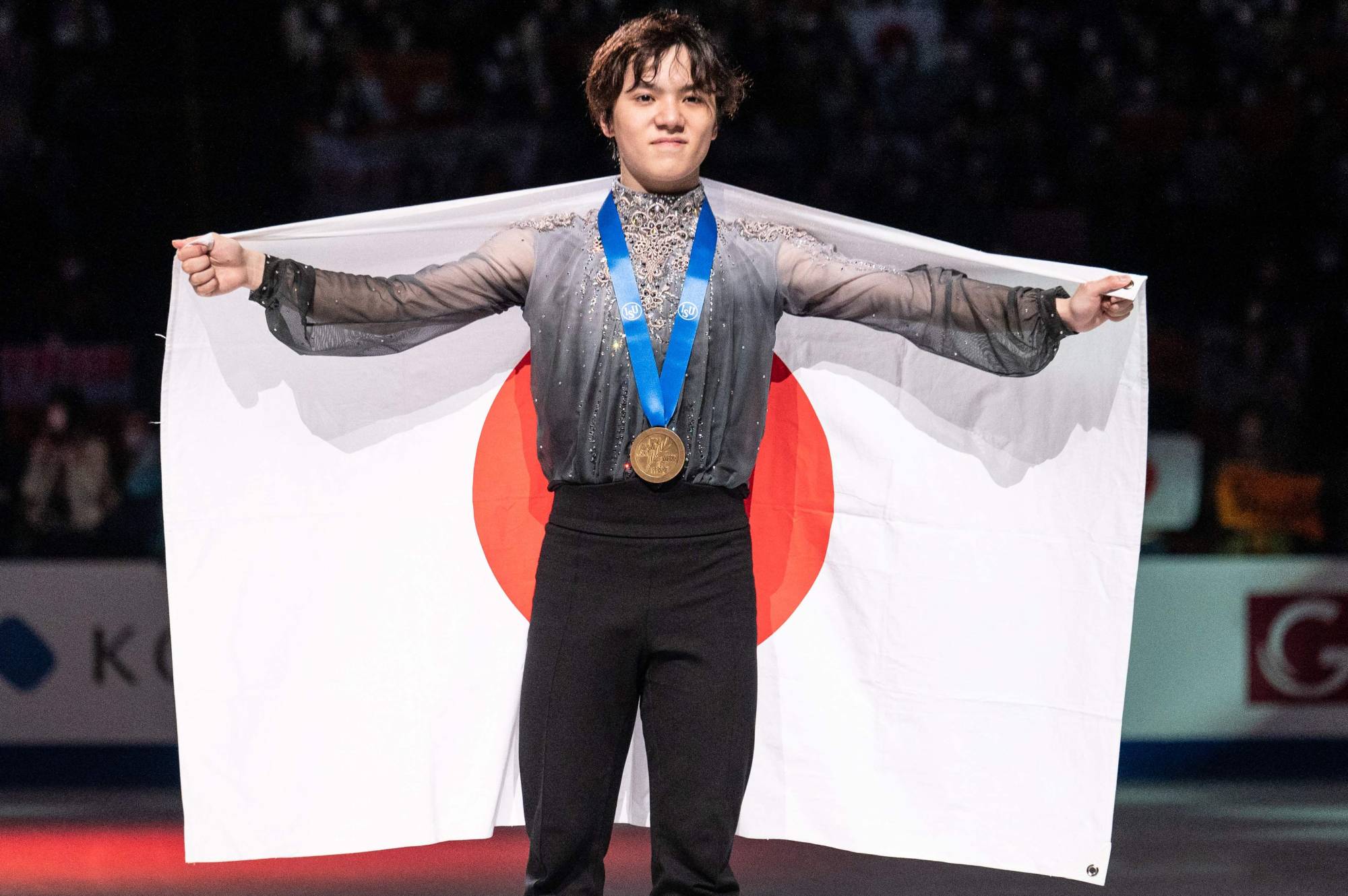
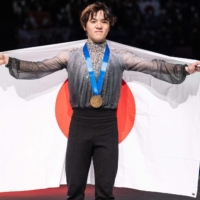
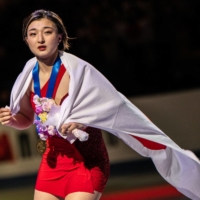
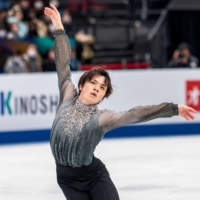
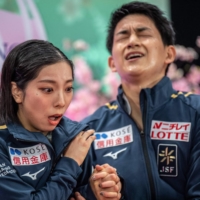
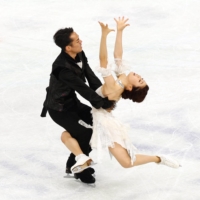













With your current subscription plan you can comment on stories. However, before writing your first comment, please create a display name in the Profile section of your subscriber account page.